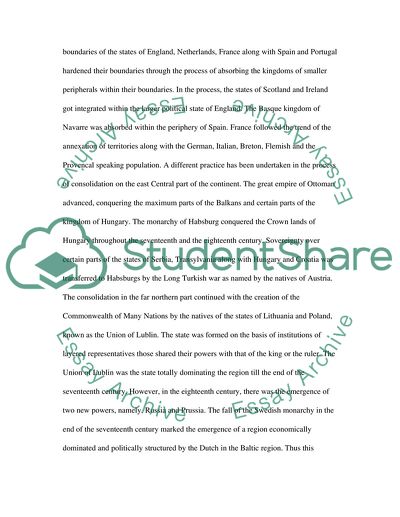Cite this document
(“The Difference Between Modern And Medieval States Essay”, n.d.)
Retrieved from https://studentshare.org/history/1424274-the-difference-between-modern-and-medieval-states
Retrieved from https://studentshare.org/history/1424274-the-difference-between-modern-and-medieval-states
(The Difference Between Modern And Medieval States Essay)
https://studentshare.org/history/1424274-the-difference-between-modern-and-medieval-states.
https://studentshare.org/history/1424274-the-difference-between-modern-and-medieval-states.
“The Difference Between Modern And Medieval States Essay”, n.d. https://studentshare.org/history/1424274-the-difference-between-modern-and-medieval-states.


